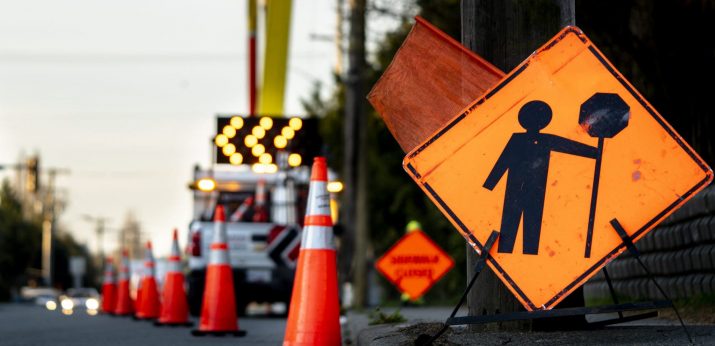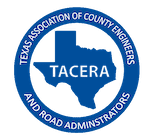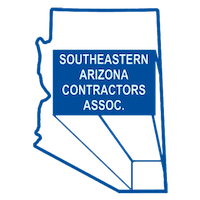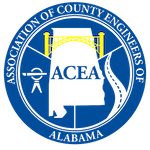Picture yourself behind the wheel and navigating through a maze of other vehicles and pedestrians. The sheer volume of traffic can be overwhelming and raise concerns about safety and order. As drivers, we always seek reassurance and clarity amidst the chaos.
Safety is critically important when you’re trying to navigate busy streets and winding highways. Traffic control devices exist to ensure smooth travel and reduce the risk of accidents. Road safety is our number one concern here at Transline Industries, Inc.. The article below explores the different types of traffic control devices used to keep roads safe.
What Are Traffic Control Devices?
What are the most commonly used traffic control devices? How do they function to keep us safe? Understanding the various types of traffic control devices and their uses is the first step toward a safer road environment.
In the most basic sense, traffic control devices help drivers navigate roads. They consist of traffic signs, signals, and pavement markings that inform drivers, pedestrians, and cyclists of the literal rules of the road. These devices help everyone on the road safely navigate without collisions.
Traffic control devices are used for regulation and guidance:
- Regulation: These are rules including how fast we can drive, which lane to use, and who has the right of way.
- Guidance: Traffic control devices also help us navigate through difficult areas, like construction zones or school zones. They tell us where and when to watch out for pedestrians, animals, other cars, and potential hazards.
Regulatory guidelines
There are specific rules about traffic control devices. Established by The Federal Highway Administration, these rules are in place to ensure that signs, signals, and markings are uniform everywhere in the U.S.
Types of Traffic Control Devices: Navigating the Road Ahead
Many different tools are used when it comes to keeping traffic flowing smoothly. This section explores the most commonly used traffic control devices and provides some traffic control device examples.
Signs: Guiding the Way
As you’re driving on the road, you’ll come across a variety of signs with different meanings.
Regulatory signs instruct drivers what they can and cannot do. Examples include:
- Speed limit signs
- No parking signs
- Yield signs: Yield signs indicate when you should slow down and yield the right-of-way to approaching vehicles.
- Do Not Enter signs: These signs are commonly placed at the entrance of one-way streets or freeway exit ramps, where wrong-way drivers may enter a highway and create disastrous results.
Signals
What is a Traffic Control Signal? Traffic control signals are the tri-colorful lights positioned above intersections. Busy intersections would be chaotic without these signals. Red means stop, green means go, and yellow warns you to proceed cautiously.
Markings
Ever noticed those lines and symbols on the road? Their objective is to communicate important information to you as you’re driving.
- White Lines: These divide lanes of traffic moving in the same direction so drivers will stay in their lanes. Solid lines should not be crossed while broken lines mean changing lanes is allowed.
- Yellow Lines: Some roads have solid yellow lines, and others have dashed ones. Solid ones separate traffic moving in opposite directions, while dashed yellow lines indicate passing zones when safe.
Markings are also used at intersections to denote which lanes are required to turn, which lanes must go straight, and to delineate crosswalks.
Barriers and Cones
When you see orange traffic cones and barriers lining the road, that indicates there’s work ahead. These barriers and markers guide traffic around construction zones to keep you and road workers safe. Barriers are often used to create temporary lanes when traffic must be rerouted during construction.
Choosing the Right Traffic Control Device
It’s important to consider several factors when choosing between types of traffic control devices. Considerations include:
- Traffic volume
- Road layout
- Visibility
- Traffic patterns
- Pedestrian safety
- Compliance
At Transline Industries, Inc., our experienced team is here to help you find the traffic control devices you’re looking for. Our complete line of high-quality traffic control products are designed to meet FHA guidelines and are built to last.
Request a free quote to get started making the roads safer with our traffic control devices.













